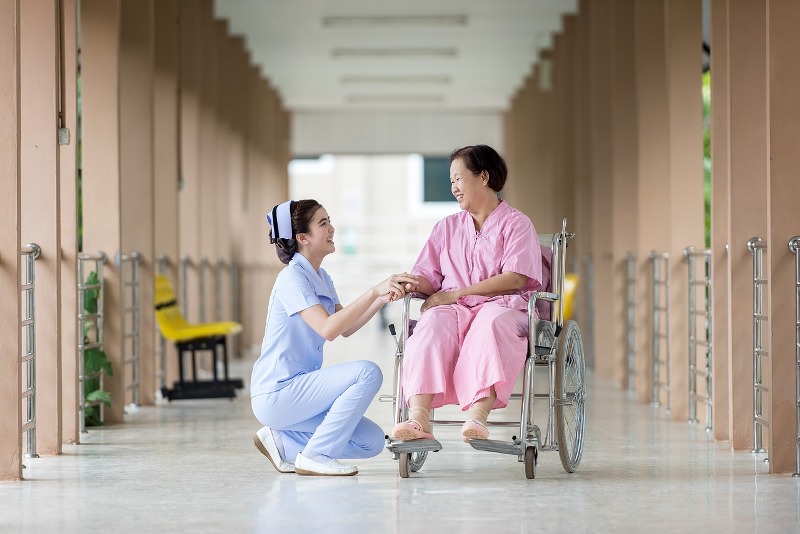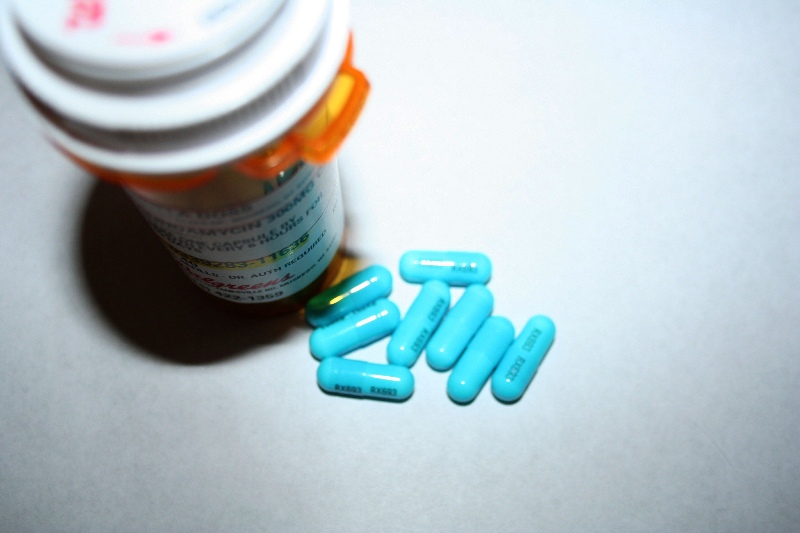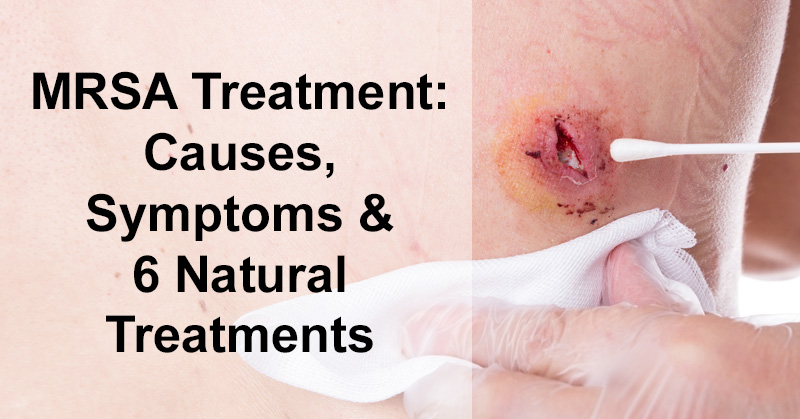MRSA stands for a type of bacteria called methicillin-resistant staphylococcus aureus. Isn’t that a mouthful? This bacteria can cause infection in the skin, connective tissue, the bones, heart and blood vessels. MRSA is resistant to antibiotics, which makes it more difficult to treat. The infection can spread throughout the body, becoming even more dangerous when it reaches vital organs. (1) Natural MRSA treatment and prevention methods focus on strengthening the immune system to prevent and fight the infection without the use of medication.
MRSA Causes and Risk Factors
- Spending time in a hospital, nursing home, day care facility, health club or another care facility
- Long-term use of antibiotics which causes a decline in good probiotic bacteria
- Having an autoimmune disorder
- Healing from surgery
- Taking medications that suppress the immune system
- Smoking cigarettes
- Abusing drugs

MRSA Symptoms
- Fever symptoms such as chills, loss of appetite, upset stomach or muscle pain and weakness
- Septic arthritis symptoms such as joint pain and swelling
- Signs of food poisoning such as nausea, vomiting, diarrhea and dizziness
- Symptoms of pneumonia including shortness of breath, coughing and difficulty breathing
- A rash of small, red bumps or blisters (2)
- Rash may be impetigo, which is contagious and causes large blisters or cellulitis, which occurs most often on the legs or feet and causes patches of visible ulcers
- Rashes can look like inflamed pimples, feel warm or tender to the touch, produce open ulcers or form puss-filled boils
- Some bumps form crusty coatings, turn white, open and release fluid while other bumps remain swollen, red and become pus-filled abscesses
MRSA Treatment and Prevention
1. Only Take Antibiotics When Necessary
MRSA causes include long-term use of antibiotics, which leads to an imbalance of healthy bacteria in the gut. An important part of MRSA prevention is to only take antibiotics when completely medically necessary. Antibiotic resistance can affect people of all ages, but the elderly are at the highest risk of developing MRSA symptoms.

2. Strengthen Your Immune System
MRSA prevention and treatment includes strengthening your immune system to help combat harmful illnesses and infections. Foods that improve gut health and prevent deficiencies include high-antioxidant foods such as raw fruits and vegetables, garlic, fresh herbs and spices and probiotic foods. Avoid foods that can cause inflammation such as packaged, processed foods and potential allergens. (3)
3. Wash Your Hands
MRSA causes include spending time in care facilities. Practicing good hygiene and washing your hands on a regular basis can help combat MRSA symptoms by keeping harmful bacteria at bay. (4) MRSA treatment methods to lower your risk for infection should include:
- Washing your hands often for 20-30 seconds with a natural soap and warm water
- Using cleansing products shown to remove MRSA bacteria (5)
- Washing all fabrics and linens on a regular basis
- Cleaning and disinfecting all surfaces on a regular basis
- Washing all utensils and cooking equipment after use
- Bathing after visiting a gym or health care facility
- Avoiding sharing personal care items such as a razor or towels
4. Clean and Protect Cuts
Bacteria can easily enter the body through open cuts or wounds. As part of MRSA treatment and prevention, be sure to clean all cuts and cover them with a bandage. Don’t pick at open blisters or scabs, and keep an eye on your injuries. If you notice redness, swelling or other signs of infection, visit a health care professional.

5. Store and Handle Food Properly
To prevent bacteria from spreading through contaminated foods, make sure you always handle and store your food properly. Refrigerate and discard food properly at home, especially foods that are more likely to carry bacteria, such as unpasteurized milk and cheese products and processed meats. (6)
6. Treat Pain Naturally
Blisters on the skin are the most common of the MRSA symptoms. Be careful not to pick or pop blisters. To help ease pain, use natural MRSA treatment methods. To help treat rashes, reduce swelling and provide pain relief, try the following MRSA treatments:
- Press a warm compress against the rash once or twice a day using a clean washcloth or towel
- Take warm baths or showers to soften the skin, reduce muscle tension and ease swelling
- Elevate your legs to help reduce blood flow and fluid accumulation if you have swollen patches on your feet or lower legs
- Avoid wearing synthetic, tight clothing
- Don’t apply makeup to blisters
- Avoid skin irritants such as scented body soaps, lotions, perfumes, detergents and shampoos
- Try tea tree oil or lavender oil to help reduce rash symptoms (7)
A simple MRSA treatment could mean the difference between complete pain and a complete reversal of symptoms. MRSA is antibiotic resistant. Prevention is the best way to keep yourself and your family safe.


